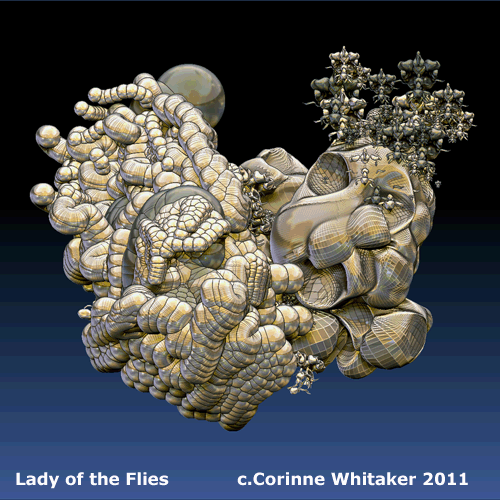

Do you love Tchaikovsky's Swan Lake? Then read no further.
Is your idea of a fountain, bursts of water into the air? Then this article is not for you.
But if you are ready for new lenses into a radical way of seeing, then start your journey here. Keep in mind, however, the words of Oscar Wilde: Diversity of opinion about a work of art shows that the work is new, complex, and vital.
Imagine yourself in an auditorium where an unrecognizable bassoon solo is heard against a backdrop of unfamiliar sets with dancers twisting in abnormal positions. Would you be one of those booing in the first few minutes? Would you be among the brawlers, throwing punches, as the police arrive?
That's the scene that greeted Stravinsky at the first performance of "The Rite of Spring" Ballet at the Theatre des Champs-Elysees in Paris on May 29, 1913, to an audience expecting traditional grace and elegance. Of course, history would prove you wrong. On the other hand, your affronted response would also have been right on target, because you recognized that history was being made and that ballet would never be the same again. Profound change is profoundly disturbing.
Four years later, an audacious artist upturned a men's urinal, signed it R. Mutt, and attempted to exhibit it in an exhibition where everyone's work would be shown. But they hadn't counted on Marcel Duchamp. They could not stomach art that came from the bathroom, art that required no skill on the part of the artist, art that was "ugly", art that elevated urination to the level of beauty (or so it seemed), art that appeared to be named for a comic strip (Mutt and Jeff). After much debate among the Board members, Duchamp's piece was placed where it would not be seen. As a result, Duchamp resigned from the Board, along with collector Walter Arensberg.
Duchamp had only turned the urinal 90 degrees from its usual position, but he had in fact turned the art world upside down. In so doing, he created one of the most iconic works in modern art history. The original piece has never been found. One educated guess is that Stieglitz threw it out as trash, along with other Duchamp Readymades. A 1964 replica, one of eight, sold at Sotheby's in November, 1999, for 1.7 million dollars. In December, 2004, Duchamp's Fountain was called the most influential art piece of the 20th century by a group of British art professionals. But in 1917, the world was unprepared for Readymades, especially one that came from a toilet.
There is now a prestigious art institution looking for examples of self-portraits. It prides itself on being a leader in the art world, and in some ways it is. Do you think it is ready for "Self Portrait: Lady of the Flies"? The inimitable Oscar again: Every portrait that is painted with feeling is a portrait of the artist, not of the sitter. It is not he who is revealed by the painter; it is rather the painter who, on the coloured canvas, reveals himself. The reason I will not exhibit this picture is that I am afraid that I have shown in it the secret of my own soul."
This self-portrait is certainly a savage kind of beauty. It turns the notion of self-portraiture on its head. Why "Lady of the Flies"? William Golding's Nobel prize-winning novel, "Lord of the Flies", includes only young males. The Lord of the title is a pig's head impaled on a stake, standing for primitive chaos and fear. It also reminds us graphically that bloodlust and the capacity for violence lurk within all of us. "Us" is now redefined to include the female gender, usually excluded from art history. If women want to be included in the history of the species, they must accept the negative with the positive. Is that unpalatable?
Is "Lady of the Flies", aka I.R.Mutt, a self-portrait? Can savagery be beautiful?
c. Corinne Whitaker 2011
Note: Oscar Wilde quotes are from "The Portrait of Dorian Gray".